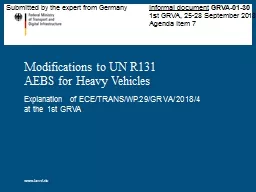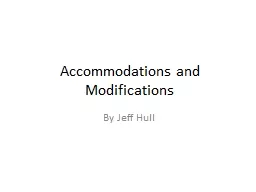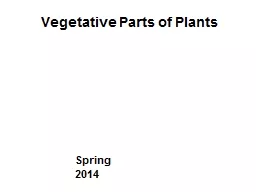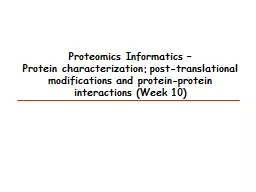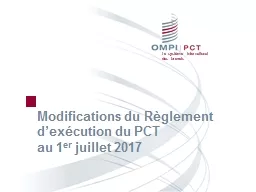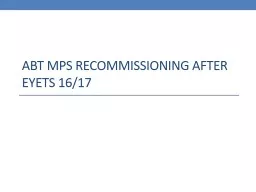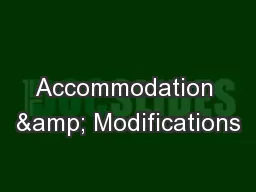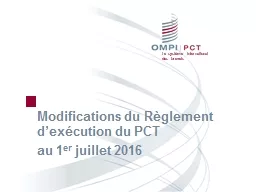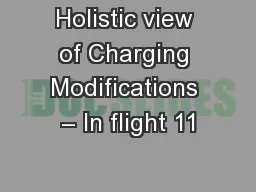PPT-Modifications to UN R131
Author : luanne-stotts | Published Date : 2019-06-29
AEBS for Heavy Vehicles Explanation of ECETRANSWP29GRVA20184 at the 1st GRVA Submitted by the expert from Germany Informal document GRVA0130 1st GRVA 2528
Presentation Embed Code
Download Presentation
Download Presentation The PPT/PDF document "Modifications to UN R131" is the property of its rightful owner. Permission is granted to download and print the materials on this website for personal, non-commercial use only, and to display it on your personal computer provided you do not modify the materials and that you retain all copyright notices contained in the materials. By downloading content from our website, you accept the terms of this agreement.
Modifications to UN R131: Transcript
Download Rules Of Document
"Modifications to UN R131"The content belongs to its owner. You may download and print it for personal use, without modification, and keep all copyright notices. By downloading, you agree to these terms.
Related Documents

